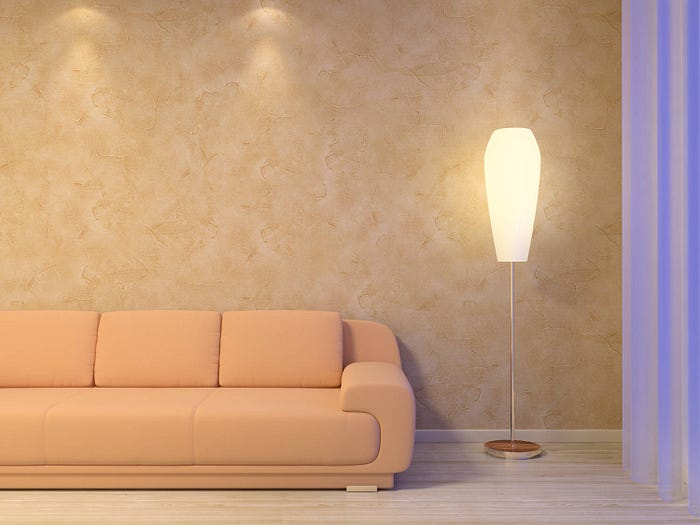Venetian stucco: the definitive guide to this decorative technique

Venetian stucco is one of the most used decorative techniques for walls and ceilings. A painting technique that dates back to the Renaissance allows you to renovate the rooms of the home quickly and straightforwardly, adding a touch of distinction and elegance to them.
The decorative finish achieved with Venetian Polished Plastering Services perfectly simulates that of marble. A unique texture that brings elegance to walls and ceilings. But what exactly is Venetian plaster, also known as wall stucco?
In this article, we will answer the main questions about this decorative stucco: what it is, its main advantages, where it can be applied, as well as the step-by-step application of Venetian plaster or wall stucco.
What is Venetian stucco?

Venetian stucco is a decorative coating originating in the Italian city of Venice and dating from the fifteenth century. It is a cosmetic technique for ceilings and especially walls Hence, it is also called wall stucco, whose finish and texture resemble that of polished marble.
It consists of a form of finishing and decoration of walls and ceilings, both interior and exterior, composed of lime, powdered marble, plaster, and natural pigments.
Venetian stucco is a plaster available in numerous colors, hence its versatility, which stands out for the resistance it gives walls and ceilings beyond aesthetics. Anesthetic is characterized by a smooth texture and a velvety shine.
Main characteristics of Venetian stucco

As previously mentioned, the Venetian stucco technique comes from Venice. Specifically from the Renaissance era, where molding and carving were the protagonists in obtaining unique ornamentals.
Next, we detail the main characteristics that make Venetian stucco or wall stucco one of the predominant decorative coatings six centuries after its origin.
• Resistance to humidity and breathability of Venetian stucco
Two advantages that make Venetian stucco or wall stucco a coating that prevents moisture from accumulating and condensing, reinforcing and waterproofing walls and ceilings, and also favors natural perspiration.
• Venetian stucco uses natural elements
The components that make up Venetian stucco are natural. Elements that are not toxic and that also have anti-mold and antibacterial properties.
• Venetian stucco is very easy to clean
The maintenance of Venetian stucco is straightforward, an added value in choosing this coating for walls and ceilings. A damp cloth is enough to clean it.
• Great durability of Venetian stucco
Venetian stucco is a decorative coating that is highly durable, so if you decide on this technique to cover walls or ceilings, you will have a layer in perfect condition for a long time.
• High decorative value of Venetian stucco
Venetian stucco is proof that simplicity is not antagonistic to elegance. Venetian stucco represents elegance, sophistication, distinction, and even luxury like a few other decorative coverings.
Where can Venetian stucco be applied?
Although Venetian stucco can be used outdoors, it is used to a greater extent to decorate interior spaces. The rooms in which this technique predominates are the halls, living rooms, and bathrooms. Although all the walls can be covered, we recommend applying the Venetian stucco to a single wall to have more prominence and the visual impact is more excellent. Another of our tips is that the wall in which it is decided to apply the Venetian stucco or wall stucco is of a darker color than the rest of the walls.
Deciding on Venetian stucco walls in the bedroom is a far from the negligible idea since, although it is less likely to be found in this room, it is an equally powerful decorative technique as a visual attraction. Light tones predominate in this case. Colors such as white, beige, or gray prevail to give a new style to the main wall of the room, and it exudes a stately manner.
It is also common to apply Venetian stucco on the ceiling , especially in rooms with high ceilings. Using this technique will not only enhance the height of the room, but will create a visual “closeness” effect with respect to the ground, resulting in a cozy and striking room.
